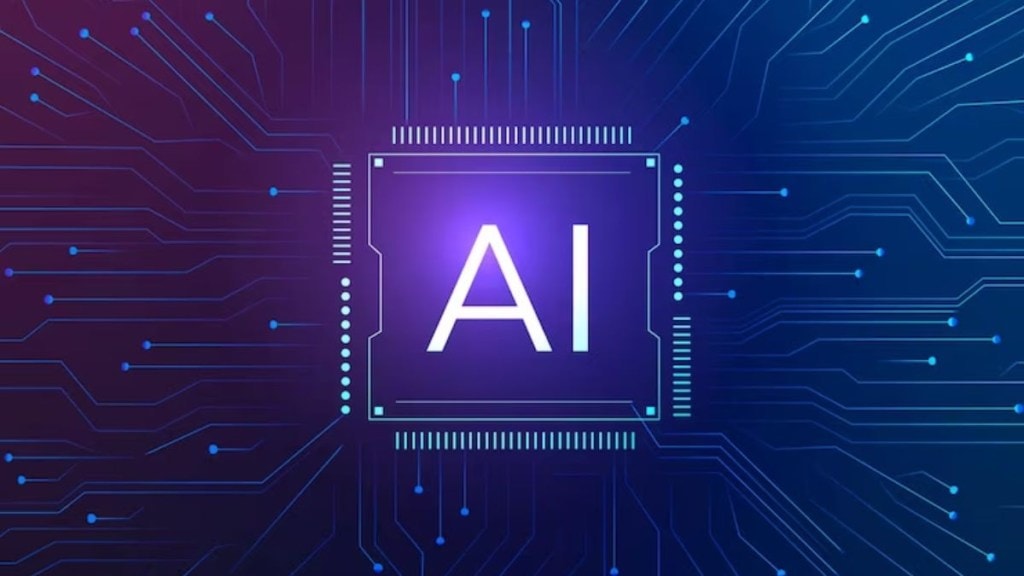Nobel Laureate economist, Michael Spence, (2001) said the world was in midst of a multi-decade digital transformation with secular shifts underway with stunning breakthroughs in the last 10-15 years in artificial intelligence. Powerful science, technology and tools were now accessible to all at low and declining costs, he said.
He was speaking on `Technology and the Idea for the Future’ at the Law, Economics and Policy Conference, organized by the Institute for New Economic Thinking (INET) and Gokhale Institute Of Politics And Economics in Pune on Friday.
These were not just breakthroughs but breakthroughs associated with high levels of accessibility and declining costs, Professor Spence said. This technology was highly accessible and you don’t need technical training to use it, he pointed out. “The combination of those two things means that its footprint in the economy is enormous,” he added.
Spence suggested that to get full benefits of the technology, whether it was productivity gains or better health outcomes there was a need to diffuse this across the economy both domestically and across boundaries and this was not going to happen on auto-pilot as big entities were experimenting with billions of dollars in applications. Lots of small businesses were standing around and scratching their head wondering what was going on. This would not work, he warned. “Right now the private sector had decided this was great and was running with it, the public and public sector was busy concerned with the very important downside risks and potential misuse of the technology,” he said. Technology dispersion was needed and the government had an important role in this, he said. It would be interesting to watch what regulations would look like across the globe, he added.
Talented, creative and highly trained people were being handed incredibly powerful set of tools to advance the frontiers in science in various categories in health, education and economics, Spence said.
It could be given to doctors, used in call centres, and write computer codes and it was not just a digital assistant for humans but a digital assistant for machines and systems. The complex global supply chains and networks, which are almost impossible for humans to figure out and nobody has a view of it and only AI could do it would result in a reduction in inefficiencies, visibility, transparency and eventually performance, Spence said. If this kind of visibility had been there during the pandemic, the world could have avoided disruptions in global supply chains and anticipated things better and there would never have been blockages in semiconductors, for example, he said.
“This generation of artificial intelligence (Gen AI) has the potential to produce enormous productivity surge in the global economy,” he said. There had been a significant serious decline in productivity caused by supply-side constraints around the globe causing all kinds of troubles, including low growth, inflation, higher interest rates, and higher cost of capital. This technology has human-like characteristics and it can switch domains which no previous version of AI did.
Spence said there was a revolution happening in biomedical and life sciences and massive energy transition in pursuit of sustainability was the other trend driving transformation.
He cited the example of the work being done at Google’s Deep Mind, an advanced AI research organisation in London at the intersection of digital technology and biomedical science. Their AlphaFold project predicts the three-dimensional structure of a protein from amino acid sequence. This is important to know what a molecule looks like then you can’t tell what it binds to and can’t do drug discovery. It was a very labour-intensive thing with a highly-trained post-doctoral professional could take weeks and months to get it done in a lab. They succeeded in making AI predictions and probabilistic predicting machines. They put 200 million known proteins in the world, predicted their three-dimensional structure and published it in a database that is open access and every researcher in the world can access that database at zero costs this was a stunning breakthrough, he said. The cost of DNA sequencing done with digital technology was following Moore’s Law and full DNA sequencing can now be done for $ 250.
The semiconductor company, TSMC’s product, the 5-nanometer chip was driving mobile technology and they are not far from 3-nanometer chips with 291 million transistors were square millimetres.
Mobile internet has been transformed in India by the Jio revolution with a vast number of people having access to the internet. Spence said he met a CEO of a major newspaper in India who said that they realized that the publication that comes in English can now be translated into 28 languages in about a second and published in digital form at no incremental cost.
Students at Stanford used image recognition software and AI to predict skin cancer and retinopathy.









